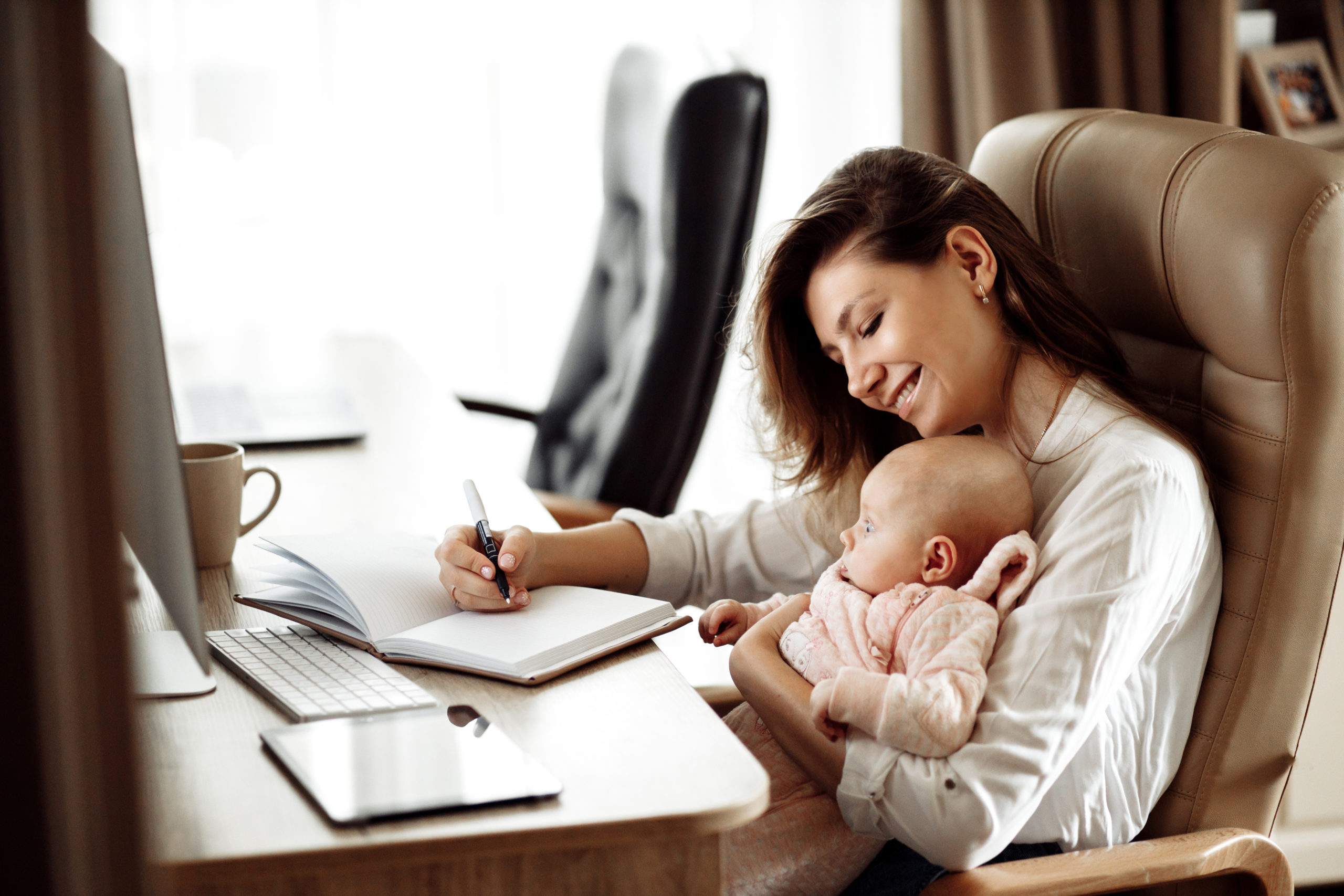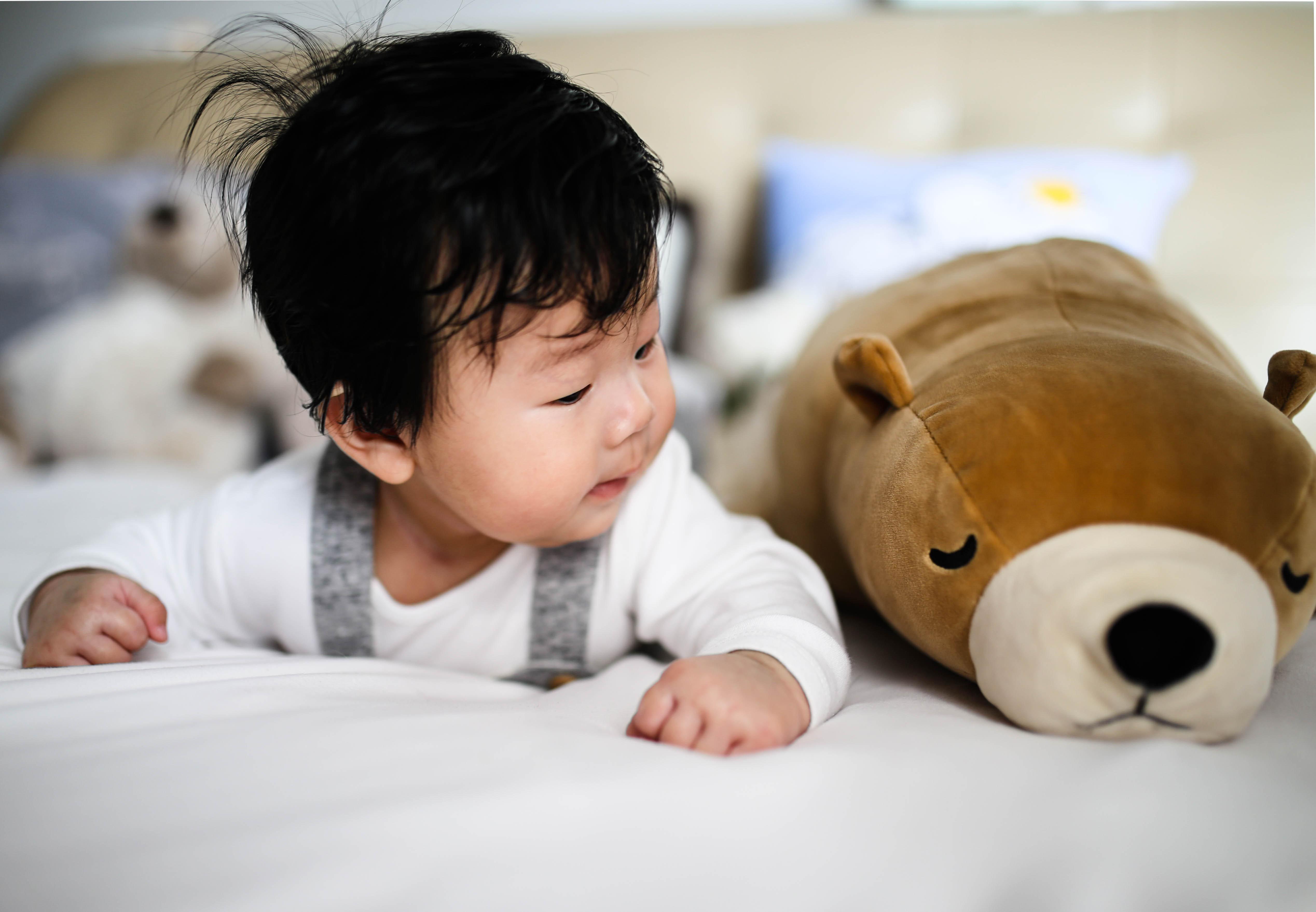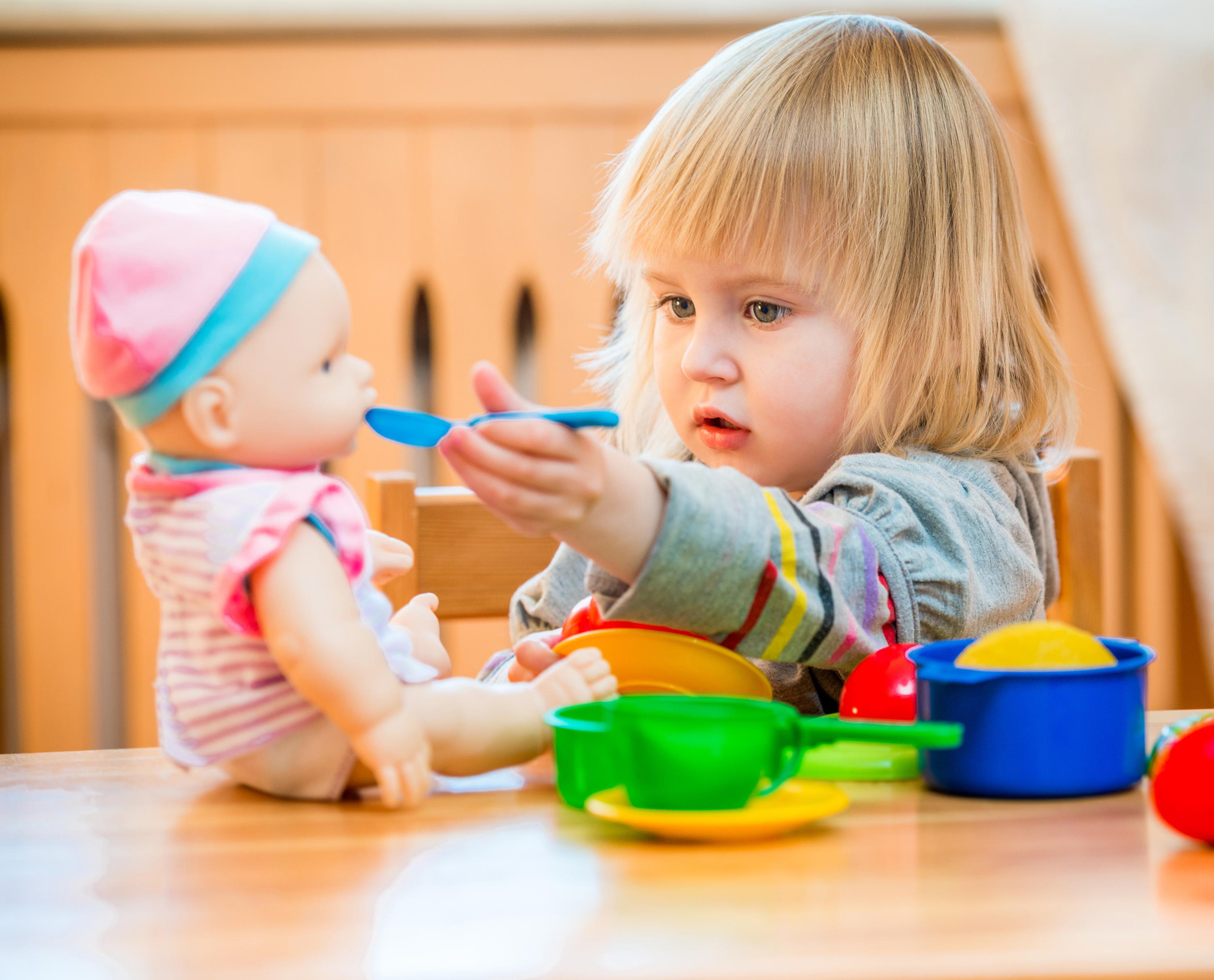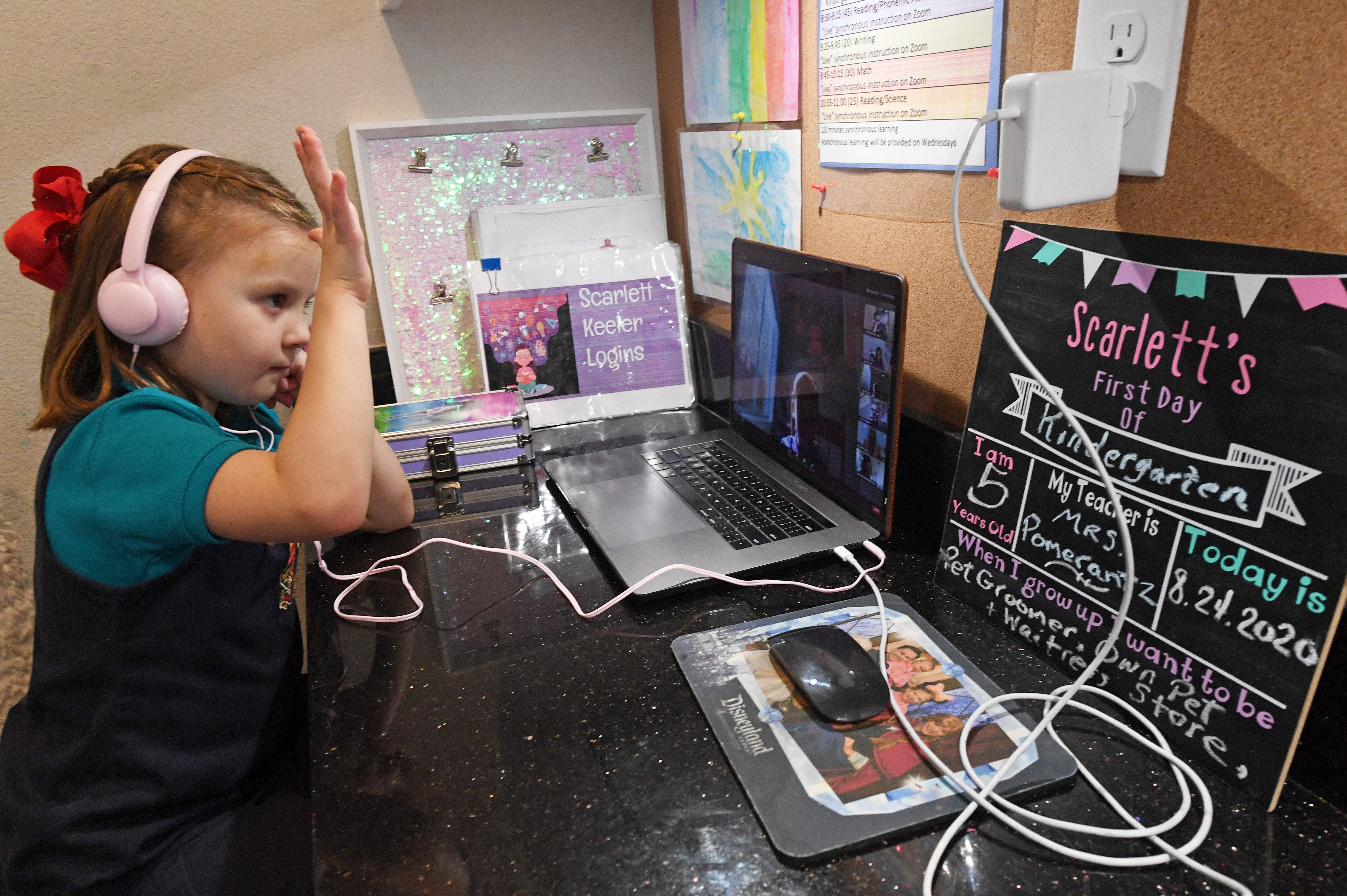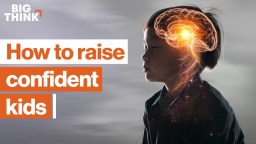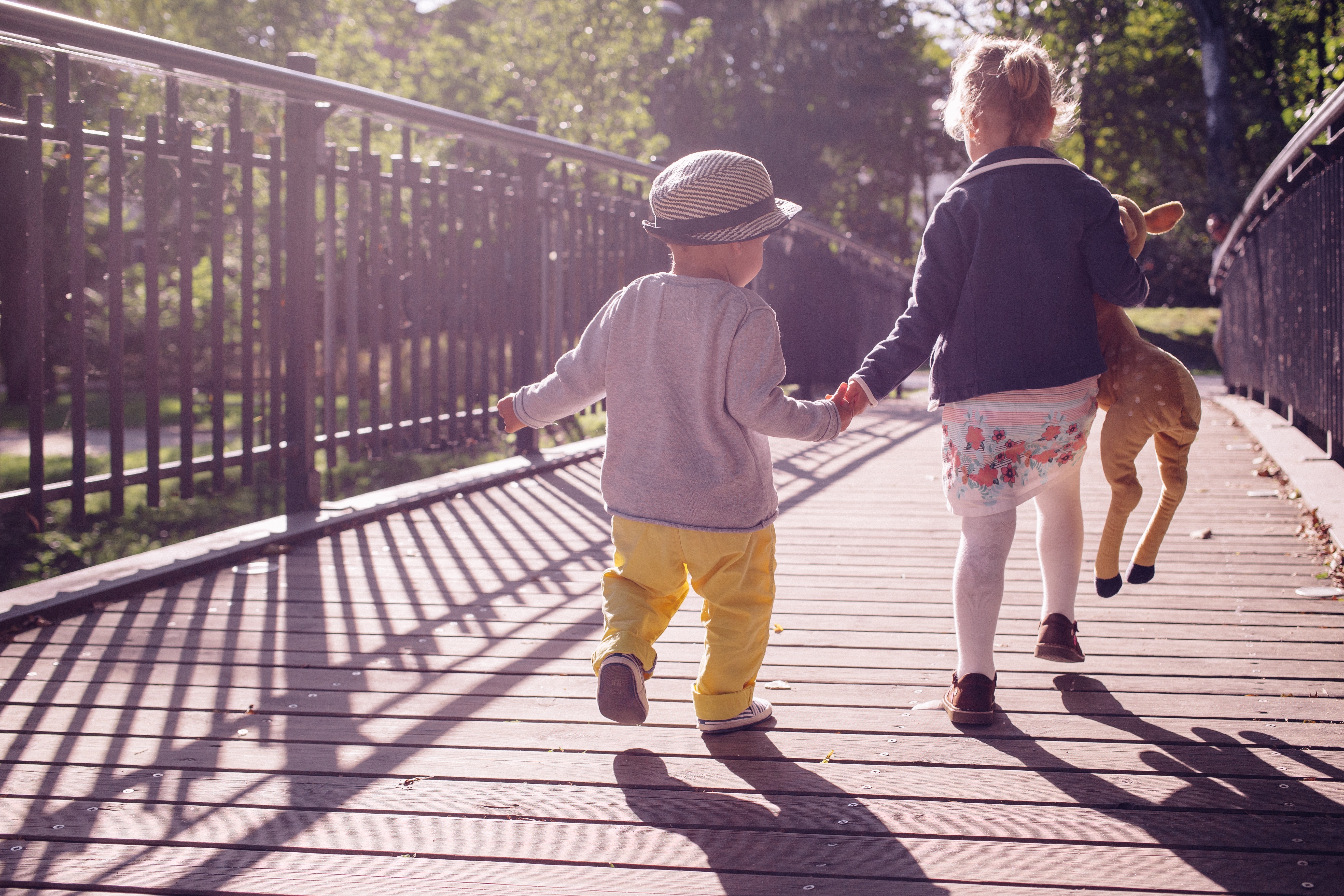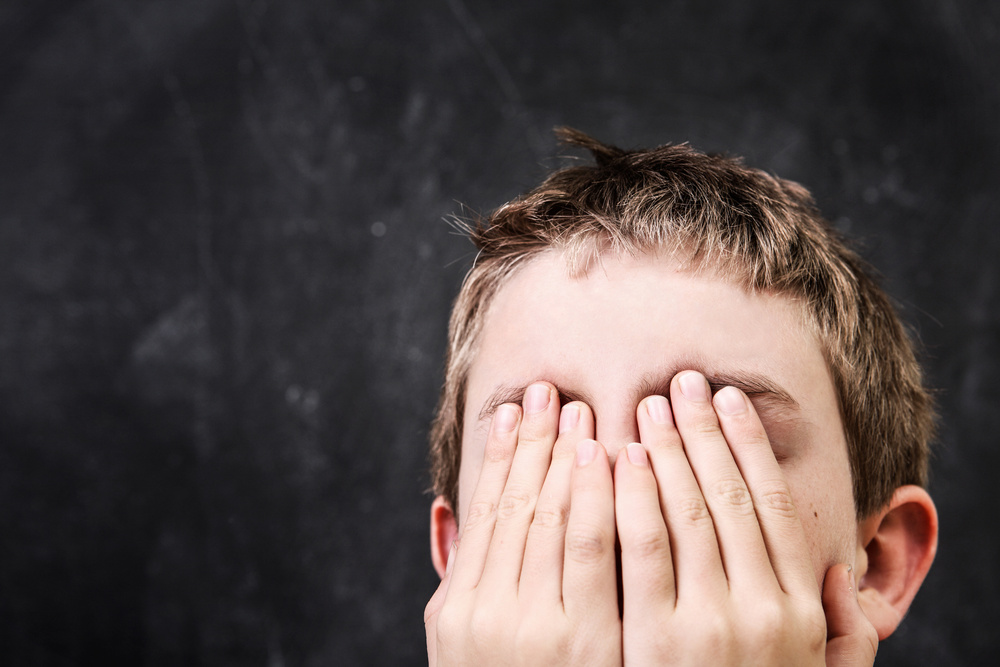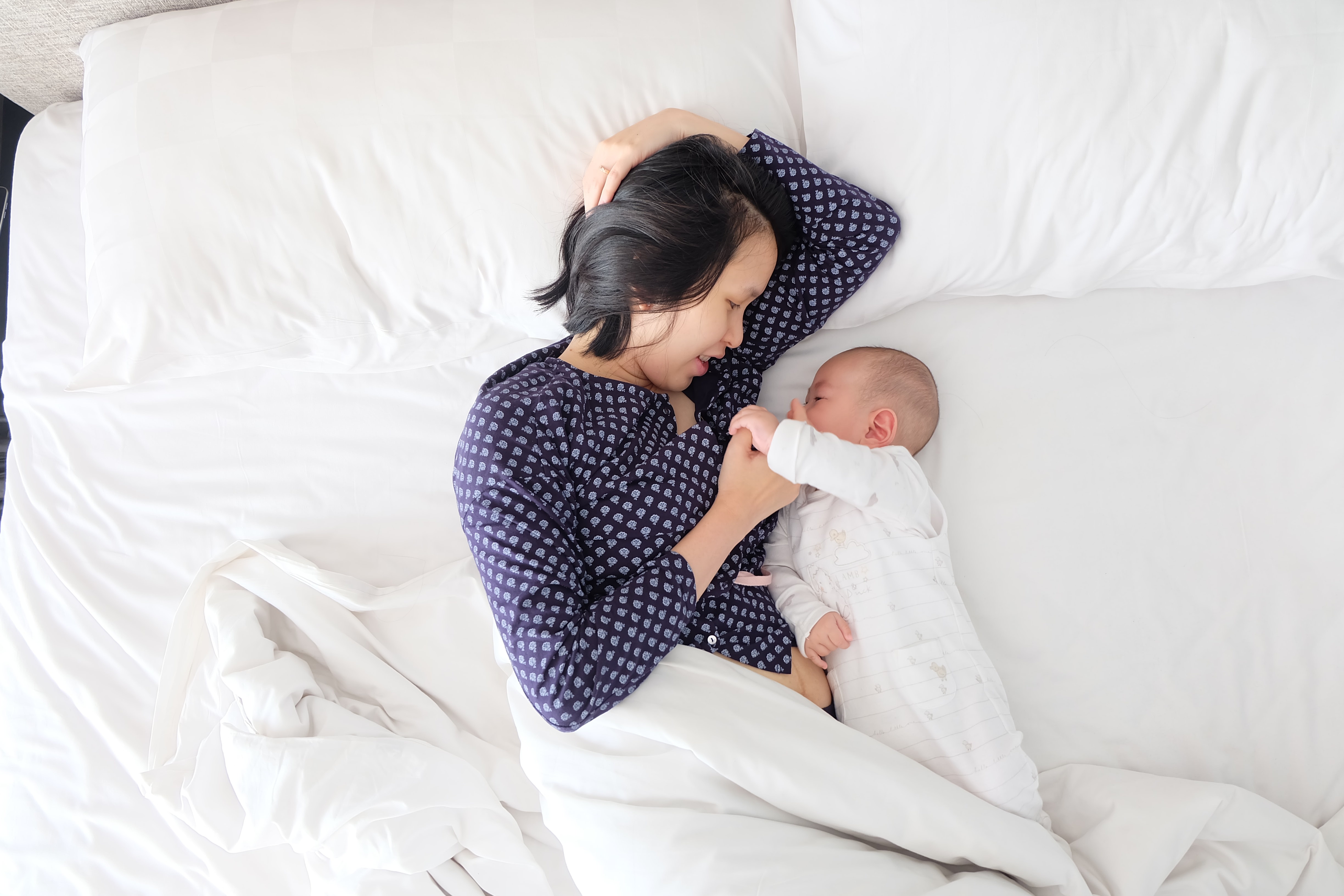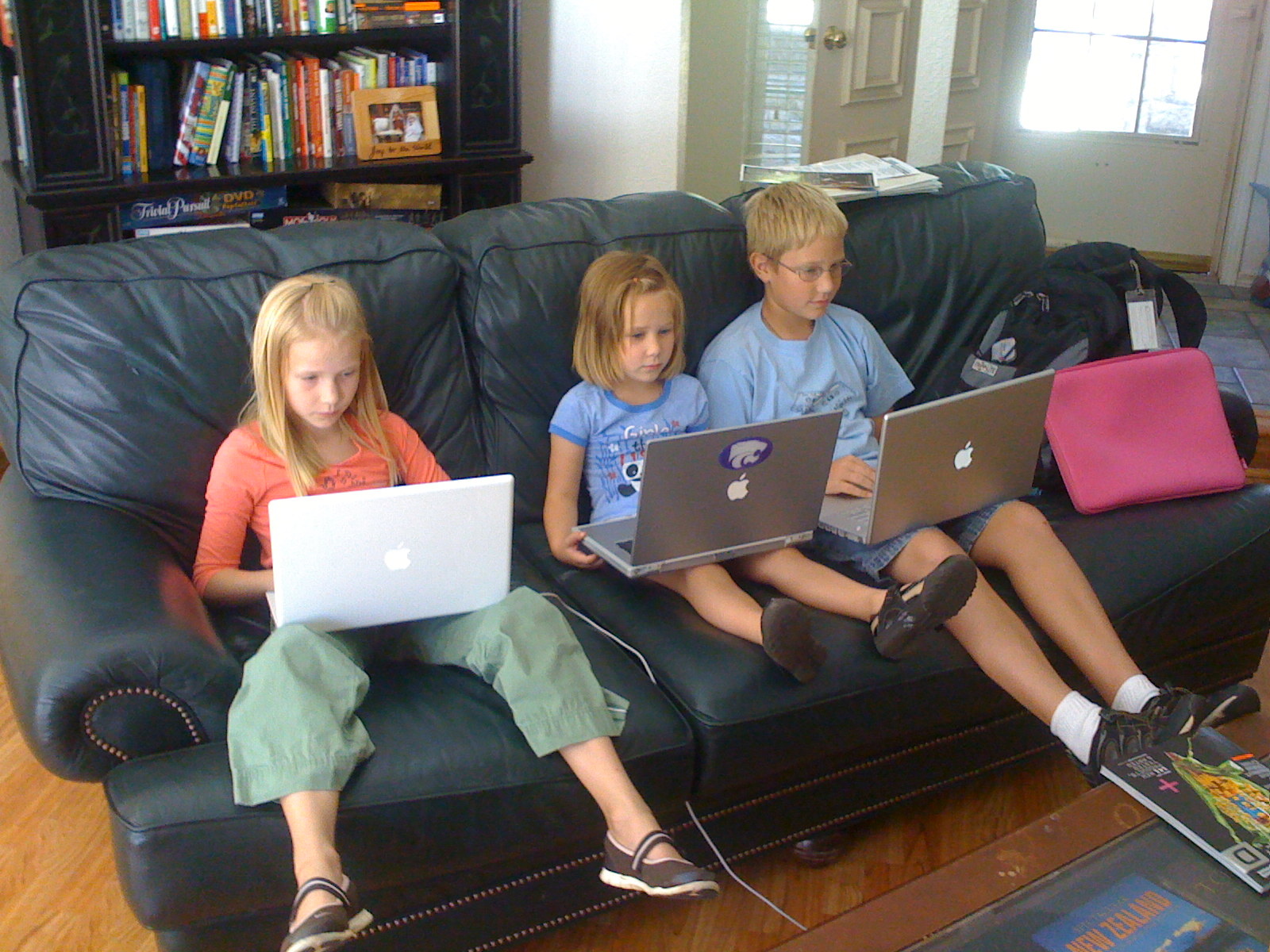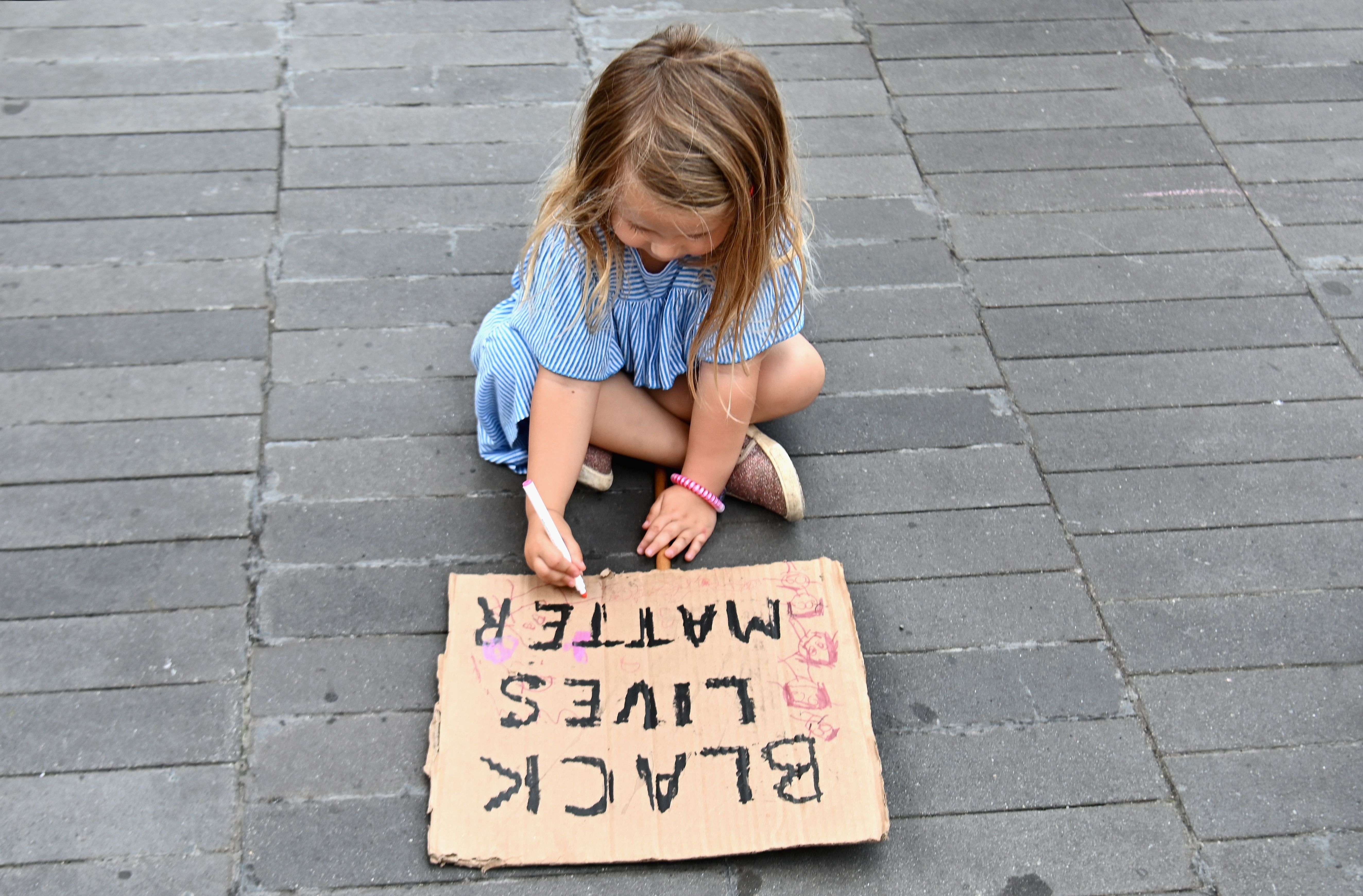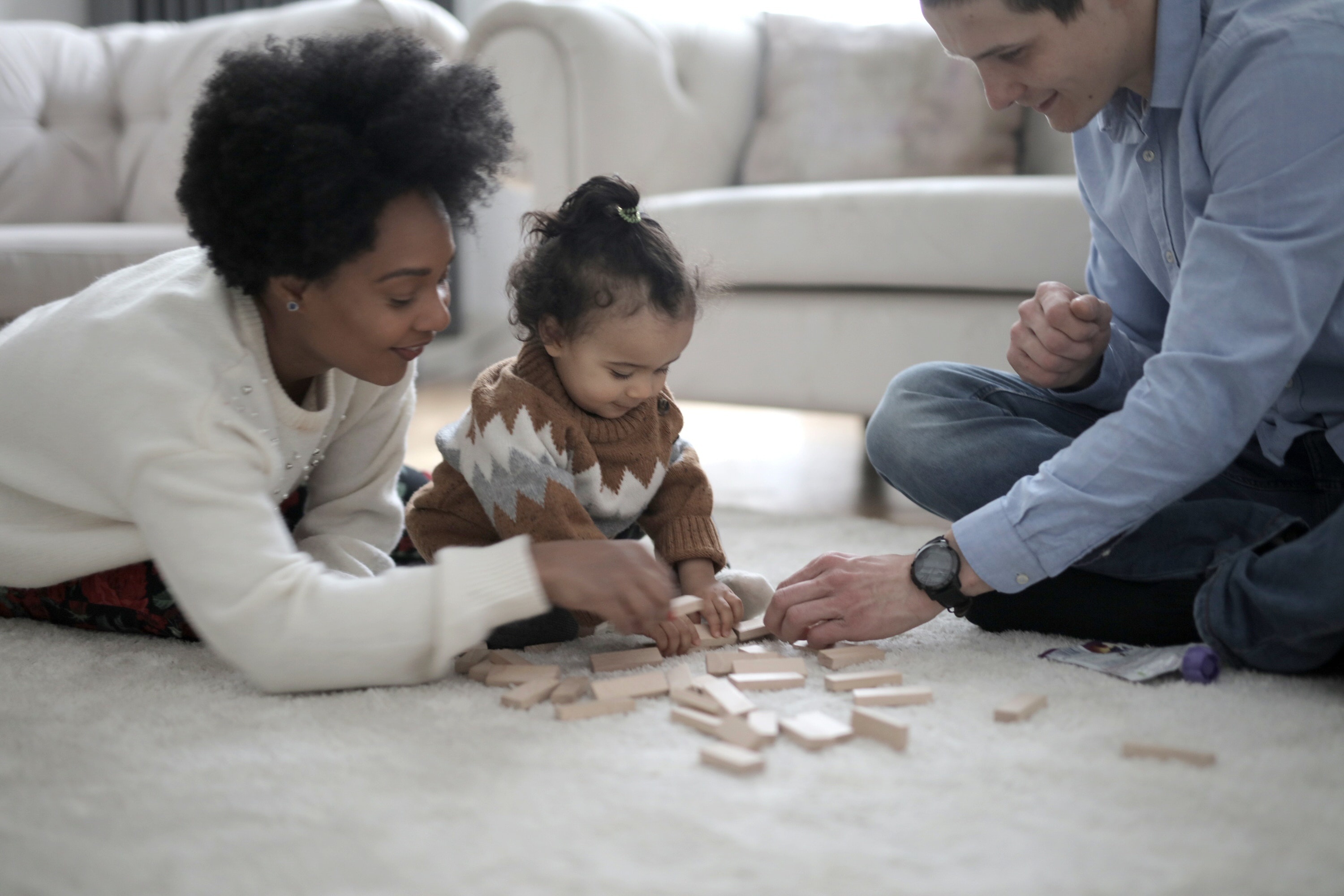parenting
A textbook pregnancy consists of three trimesters. The baby develops at a relatively predictable rate during this time, from pomegranate seed to avocado to watermelon. And mom’s body adapts accordingly […]
The answer seems to be a series of evolutionary trade-offs that help protect organs in women, according to a recent study.
And is anyone protecting children’s data?
New research from the University of Granada found that stress could help determine sex.
Fifty years of research on children’s toy preferences shows that kids generally prefer toys oriented toward their own gender.
We all know that work-life balance can be difficult, but do we make it harder on ourselves by how we choose to conceptualize the idea? More specifically, is the concept […]
Since 2015, the Women in the Workplace report has evaluated the successes of women in corporate America alongside the challenges they face. Sponsored by McKinsey & Co. and Lean In, […]
Flying that helicopter too low is counterproductive.
More evidence that we’re drowning in microplastic particles.
Having grown kids still at home is not likely to do you, or them, any permanent harm.
A recent NIHR report found that students with previously low connectedness scores saw improvement in well-being and eased anxiety.
The color of toys has a much deeper effect on children than some parents may realize.
▸
6 min
—
with
The ability to speak up and ask will give these future leaders a much needed boost.
▸
3 min
—
with
While the benefits of music therapy are well known, more in-depth research explores how music benefits children with autism.
‘Little kids, little problems; big kids, big problems.’
Even kids get that a real leader puts others’ interests first.
Symptoms of mental illness in children are often dismissed as “going through a phase.”
The CDC’s latest youth risk survey houses some scary numbers but shows that evidence-based sex education is working.
A team at Mount Sinai has discovered the neural mechanism behind social isolation.
Most of us carry a mother’s voice in the neural patterns of our brain.
Parental anxieties stem from the complex relationship between technology, child development, and the internet’s trove of unseemly content.
What happens when someone you respect doesn’t treat others with dignity?
▸
4 min
—
with
Teaching your child metacognitive techniques can improve their learning and life skills.
Chronic irregular sleep in children was associated with psychotic experiences in adolescence, according to a recent study out of the University of Birmingham’s School of Psychology.
Seldom are these conversations actually anti-racist.
Yet, the real-world roles and expectations of fathers have changed in recent years.
It takes a special person with a special set of skills to reach students on an emotional level.
▸
4 min
—
with
The future of education and work will rely on teaching students deeper problem-solving skills.
▸
4 min
—
with
A new study may help us better understand how children build social cognition through caregiver interaction.
A fun and completely safe experiment for the family to try during quarantine.
▸
5 min
—
with
